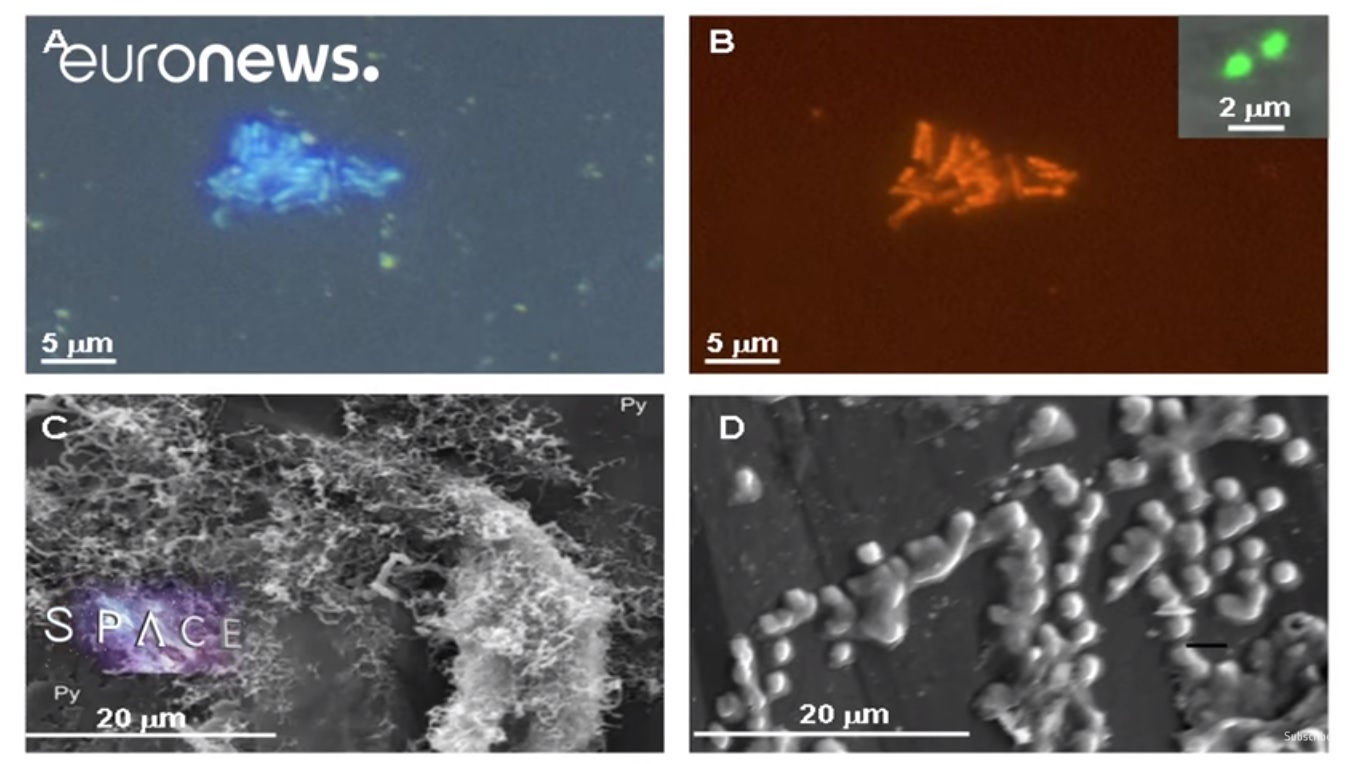A 'Mars on Earth' Helps Scientists with Their Search for Alien Life (Video)
Scientists are using alien environments on Earth to improve our abilities to search for life on Mars.
In the Río Tinto, a river in southwestern Spain, scientists from the Center for Astrobiology in Madrid are hunting for signs of life. The region, a visually stunning swirl of yellow and red water and sands, has been studied for decades by scientists fascinated by its unique properties.
According to scientists like Ricardo Amils, an astrobiologist at the Center for Astrobiology, the Río Tinto is "Mars on Earth." The region "is like Mars because the kind of minerals that you find here have been reported on Mars," he explained in the video. [Icy Water Moons That Might Host Life (Infographic)]
Scientists have been coming to this strange site for 30 years and, so far, the biggest discovery there was that the iron oxide and sulfuric acid in the water are actually produced by life-forms underground, according to Jeremy Wilks of Euronews, the video's narrator.

Could compounds like methane and ethane, found in liquid form on Saturn's largest moon, Titan, be created by microorganisms on far-off exoplanets? Besides Mars, astrobiologists are looking to moons like Titan and Europa and exoplanets for signs of life. But while they might find clues like Titan's hydrocarbon lakes or Europa's salty, liquid ocean, they need a more definitive way to identify life.
At the Center for Astrobiology, scientists are hoping to develop devices capable of detecting life on these moons and planets, according to the video. Using the microbial life found in places like the Río Tinto, because it is so comparable to Mars, these scientists are working to develop a device that can identify life. If the scientists are able to use the device to locate life there, where the concentration of life is low and microorganisms live in harsh, dark, Mars-like conditions, they could use the same device to detect life on the Red Planet itself.
Email Chelsea Gohd at cgohd@space.com or follow her @chelsea_gohd. Follow us @Spacedotcom, Facebook and Google+. Original article on Space.com.
Get the Space.com Newsletter
Breaking space news, the latest updates on rocket launches, skywatching events and more!
Join our Space Forums to keep talking space on the latest missions, night sky and more! And if you have a news tip, correction or comment, let us know at: community@space.com.

Chelsea “Foxanne” Gohd joined Space.com in 2018 and is now a Senior Writer, writing about everything from climate change to planetary science and human spaceflight in both articles and on-camera in videos. With a degree in Public Health and biological sciences, Chelsea has written and worked for institutions including the American Museum of Natural History, Scientific American, Discover Magazine Blog, Astronomy Magazine and Live Science. When not writing, editing or filming something space-y, Chelsea "Foxanne" Gohd is writing music and performing as Foxanne, even launching a song to space in 2021 with Inspiration4. You can follow her on Twitter @chelsea_gohd and @foxannemusic.
